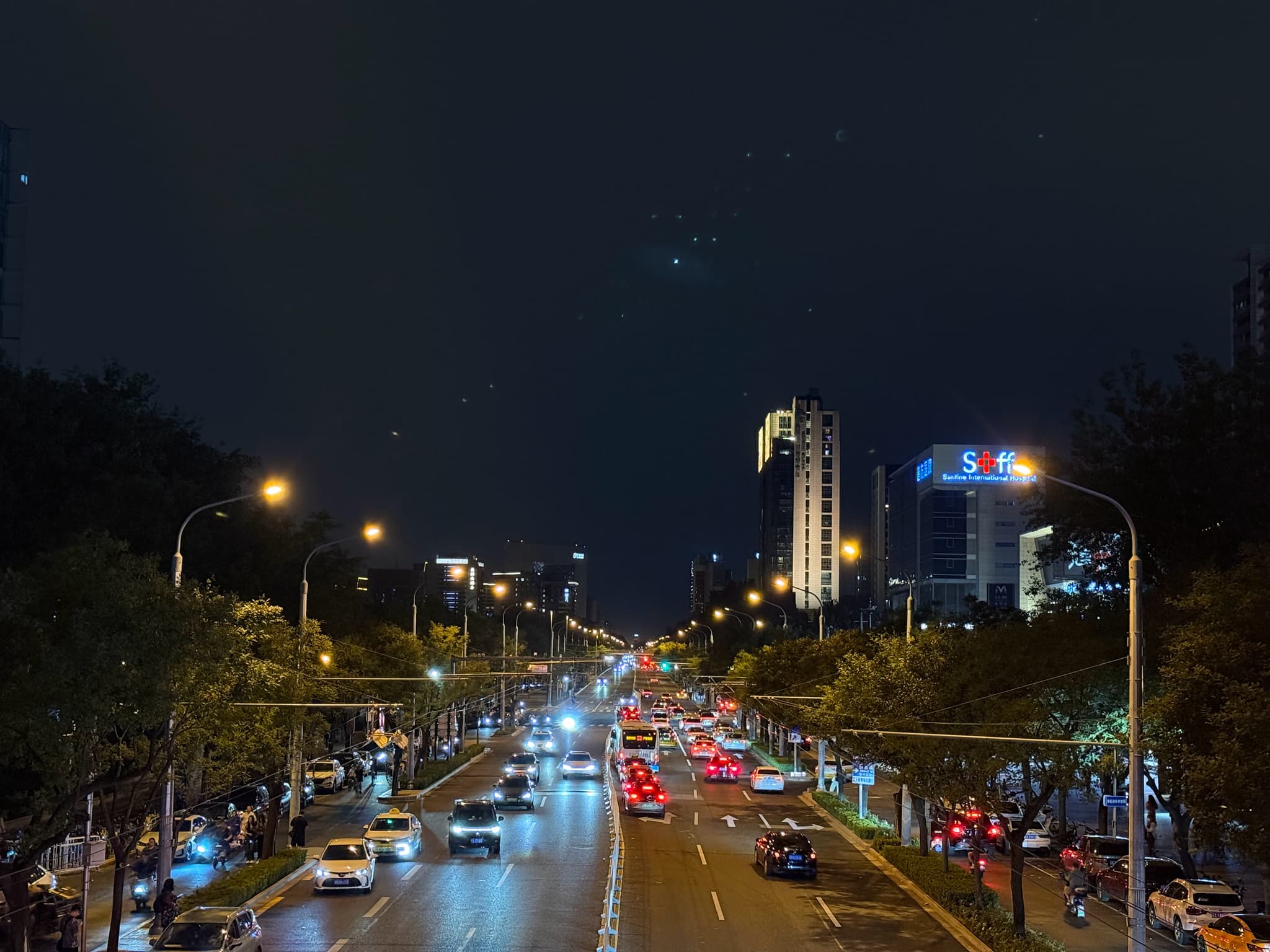Foreign Tourists Flock to China: Inbound Travel Expected to Surpass Outbound for First Time During National Day Holidays
For the first time, the number of international tourists visiting China during the National Day holidays is expected to surpass the number of Chinese citizens traveling abroad. According to recent data, orders for inbound tourist trips to China have increased by over 60% compared to the same period last year, with many foreign tourists opting for in-depth travel packages with durations of over 7 days.

5 October 2024
The increase in inbound tourism is attributed to China's growing popularity as a destination for international travelers, with many countries promoting travel to China through various marketing campaigns. Additionally, the Chinese government's efforts to simplify visa policies and improve tourism infrastructure have also contributed to the growth in inbound tourism.
In Beijing, popular tourist destinations such as the newly designated world heritage site, the Central Axis of Beijing, are expected to see a surge in foreign visitor numbers, with sales of creative gifts and silk products expected to increase by 100% compared to last year. The city's Xiushui Street, a well-known shopping district, is expected to welcome over 50% more foreign tourists than last year.
Foreign tourists are flocking to China in droves, with some destinations seeing a 50% increase in visitor numbers compared to the same period last year. This trend is particularly notable in areas that have recently been recognized as UNESCO World Heritage sites, such as the Beijing Central Axis. Here, foreign tourists are snapping up cultural and creative gifts, as well as customized silk clothing.
The Central Axis Line, a 7.8-kilometer-long axis that runs through the heart of Beijing, has long been a symbol of the city's rich history and cultural heritage. The recent UNESCO designation has only added to its allure, drawing in tourists from around the world who are eager to experience the site's grandeur and majesty. The area's unique cultural products, such as creative gifts and bespoke silk clothing, have seen a surge in sales, with some shops reporting a staggering 100% increase in revenue compared to the same period last year.
The trend has been dubbed "reverse planting grass" - a play on the Chinese social media trend of "planting grass," where users share their travel experiences and recommendations with others. In this case, foreign tourists are effectively "planting grass" in China, promoting the country's tourism industry to their friends and family back home.
As the National Day holidays reach the halfway mark, tourism authorities are expecting a significant increase in visitor numbers, with many popular tourist destinations and attractions fully booked. The increase in tourism revenue is expected to provide a much-needed boost to China's economy, which has been experiencing a slowdown in recent months.

The surge in foreign visitors is expected to peak on October 6-7, according to the Shenzhen Border Control, which has predicted that the number of inbound tourists will exceed the number of outbound travelers on those days. Meanwhile, the first four days of the National Day holidays are expected to see a peak in outbound travel, with many Chinese citizens taking advantage of the long weekend to travel abroad.
Among these travelers, a new trend has emerged: peak avoidance travel. By avoiding the crowds and chaos of the peak travel days, young travelers can snag cheaper flights and accommodations, making their trips more affordable and enjoyable. According to data, hotel bookings in popular cities increased by 40% on the second and third days of the holiday, as travelers opted for last-minute bookings to take advantage of lower prices.
One traveler reported saving 5,000 yuan (approximately $700 USD) on flights alone by traveling during the off-peak period. The data also shows that domestic air ticket prices dropped by over 30% on October 3rd and 4th compared to the peak days of September 30th and October 1st. Similarly, hotel prices began to decline on October 5th, with some flights and rooms available at significantly lower prices than during the peak period.
For example, a round-trip business class ticket from Beijing to Dali was available for 9,320 yuan on October 9th, a significant discount from the 7,800 yuan price tag on October 7th. Chen Xiaoshuang, a researcher at Qunar's Big Data Research Institute, noted that destinations with well-developed infrastructure and abundant tourist resources are particularly popular among peak avoidance travelers.
This trend reflects a shift in the way young people approach travel, prioritizing flexibility and affordability over traditional peak travel periods. By embracing peak avoidance travel, young people can create their own unique travel experiences and make the most of their holidays.
Comments



